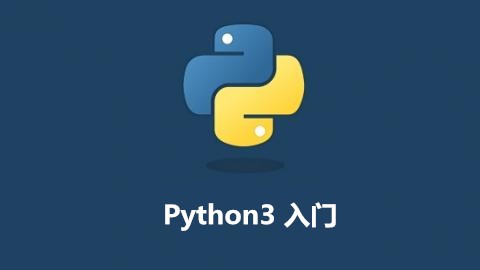例子1:
#创建文件
context = '''hello world
hello China'''
f = open('hello.txt','w') #打开文件,若想保存在不同路径,格式为f = open('d:/file/hello.txt','w')
f.write(context) #把字符串写入文件
f.close() #关闭文件程序运行后,会在此程序报存路径上,自动生成一个hello.txt文件,并将context中的内容写入hello.txt文件中,若已有同名文件,会将此文件中的内容清除,再将内容写入。
例子2:按行读取readline()
f = open('hello.txt')
while True:
line = f.readline() #line = f.readline(2)每行每次读2个字符,直到行末尾
if line:
print("line")
else:
break
f.close()例子3:多行读取 readlines()
f = open('hello.txt')
lines = f.readlines()
for line in lines:
print(line)例子4:一次性读取 read()
f = open('hello.txt')
context = f.read()
print(context)例子5:使用writelines()写文件
f = open("hello.txt","w+")
li = ["hello world\n","hello china\n"]
f.writelines(li)
f.close()或者
f = open("hello.txt","w+")
li = "hello world \n hello China\n"
f.write(li)
f.close()例子6:追加
f = open("hello.txt","a+")
new_context = "goodbey"
f.write(new_context)
f.close()使用writelines()写文件的速度更快,若需要写入文件的字符串非常多,可以使用writelines()方法提高效率,如需要写入少量的字符串,使用write()方法即可
例子7:删除文件
import os
if os.path.exists("hello.txt"):
os.remove("hello.txt")或者
import os
try:
if os.path.exists("hello.txt")
os.remove("hello.txt")
except:
pass #不知何时会执行到except语句或者
import os
open("hello.txt","w")
try:
if os.path.exists("hello.txt"):
os.remove("hello.txt")
except:
pass或者
import os
f = open("hello.txt","w") #存在hello.txt文件,会清除内容,不存在hello.txt文件,会生成一个空文件
try:
if os.path.exists("hello.txt"):
os.remove("hello.txt")
except:
pass


 随时随地看视频
随时随地看视频




